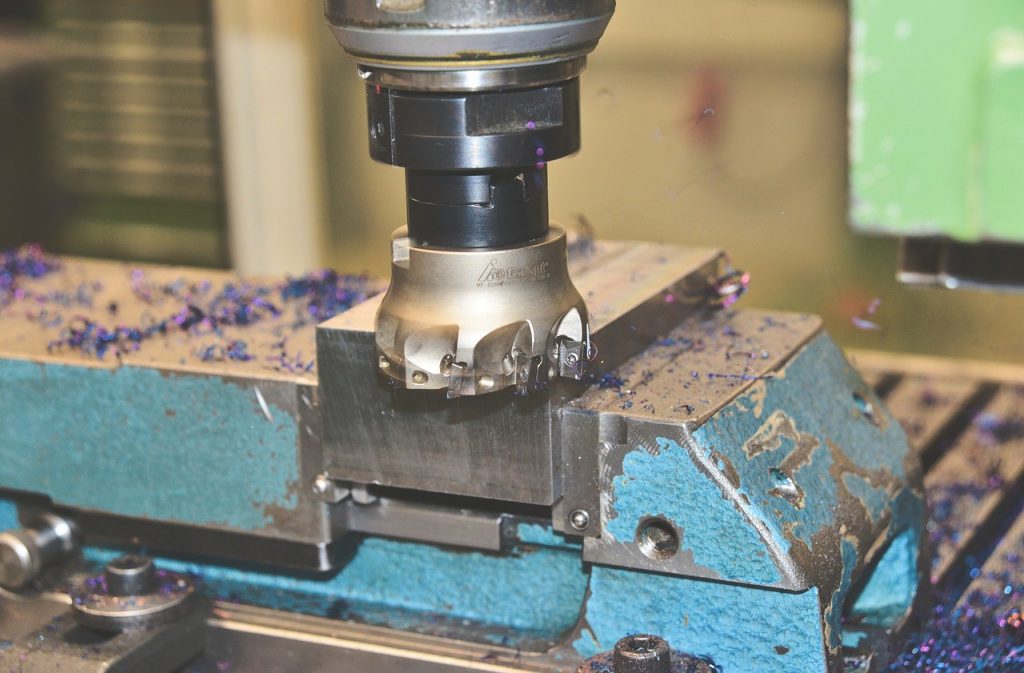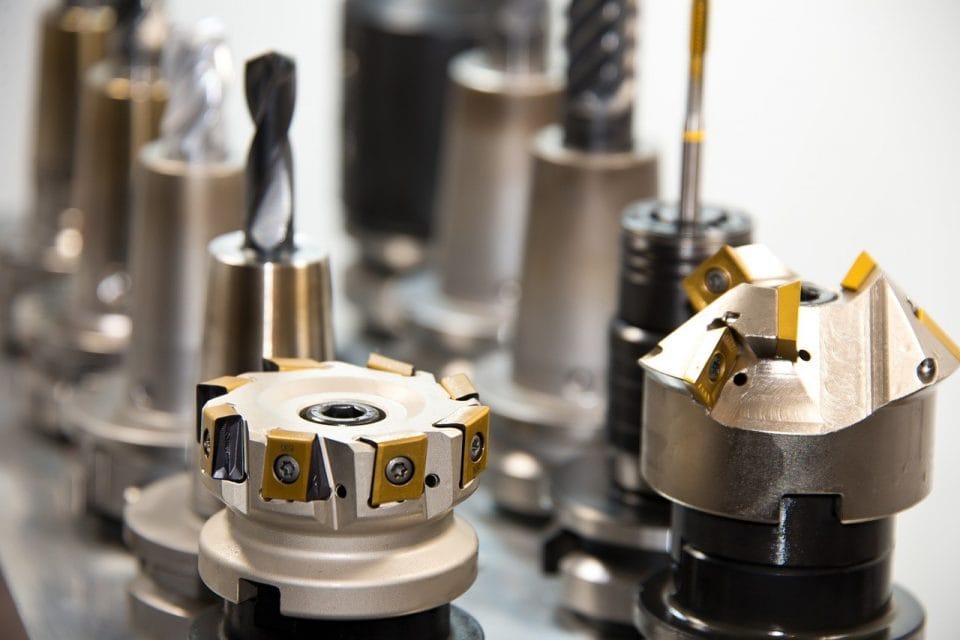What We Have Covered in This Article
Last Updated on October 31, 2019 by Editor Futurescope
Cutting costs is a priority for any company in any industry, especially those involved in mass production. Creating high-quality components, parts, objects or any other piece benefitting from CNC machining’s cutting-edge accuracy demands considerable investment (though any brand with experience of CNC machining must agree the benefits far outweigh the expense).
But every cent counts, and each dollar saved is a dollar that can be channeled into another key aspect of running a successful operation. So, how can companies maximize the cost-effectiveness of their CNC parts and make their budgets go further?
1. Minimize Cavity Depth to Remove Less Material
One of the most practical and effective methods for cutting costs of CNC parts is ensuring cavities have a shallower depth.
Why? Because utilizing deep cavities during CNC machining can affect the expense of parts more than some companies may realize. Removing more material than is strictly necessary can be time-consuming and, as a result, even counterproductive.
CNC tools tend to operate at their most effective when working with cavities at a depth of two or three times their respective diameters.
2. Exercise Due Caution when Specifying Tolerances
Being too tight when defining tolerances can boost the price of CNC. How so? By increasing both the time required to complete the machining itself as well as to perform an inspection manually.
Companies must try to define tolerances only when deemed critical. It they’re not specified in the technical plan, standard tolerances will be utilized by the machine instead, which tends to be suitable in most cases.
3. Include a Radius when Planning Internal Edges
As every CNC milling tool features a cylindrical form, it will shape a radius when it cuts a pocket’s edge. But making corner radiuses too big can add to the machining cost and time, as smaller tools will need to make several passes with a reduced speed to achieve the desired results.
Companies should specify a radius of a minimum of one-third the cavity’s depth. Generally, the larger it is, the better. Cavity floors should have a radius of 1mm or none at all for maximum cost-effectiveness.
4. Be Wary of Adding Text to CNC Parts
Implementing text into a CNC part may drive the cost of production higher than necessary, due to the extra steps required in the process.
Instead, companies may achieve a more cost-effective manufacturing operation by using painting or silk screening, as well as opting for engraved lettering rather than embossed. This requires less material to be removed in the long run.


5. Limit the Number of Setups Required
Finally, companies may boost the cost-effectiveness and efficiency of their CNC parts-production by utilizing as few setups as feasible.
Try to design parts that can be completed with just one setup, specifically with no need to reposition or rotate them manually (which can drive the cost of manufacturing higher). Actually, putting this into practice can be difficult, though, so consider breaking parts’ geometry up — create several sub-parts instead and put them together later. It’s simple and less costly.
Reducing costs and maximizing efficiency can transform a company’s output consistently. Rapid Direct has delivered cost-effective manufacturing services to a diverse range of clients since 2009. We have the tools, expertise and innovative methodology to achieve results of the highest standard at competitive rates.









